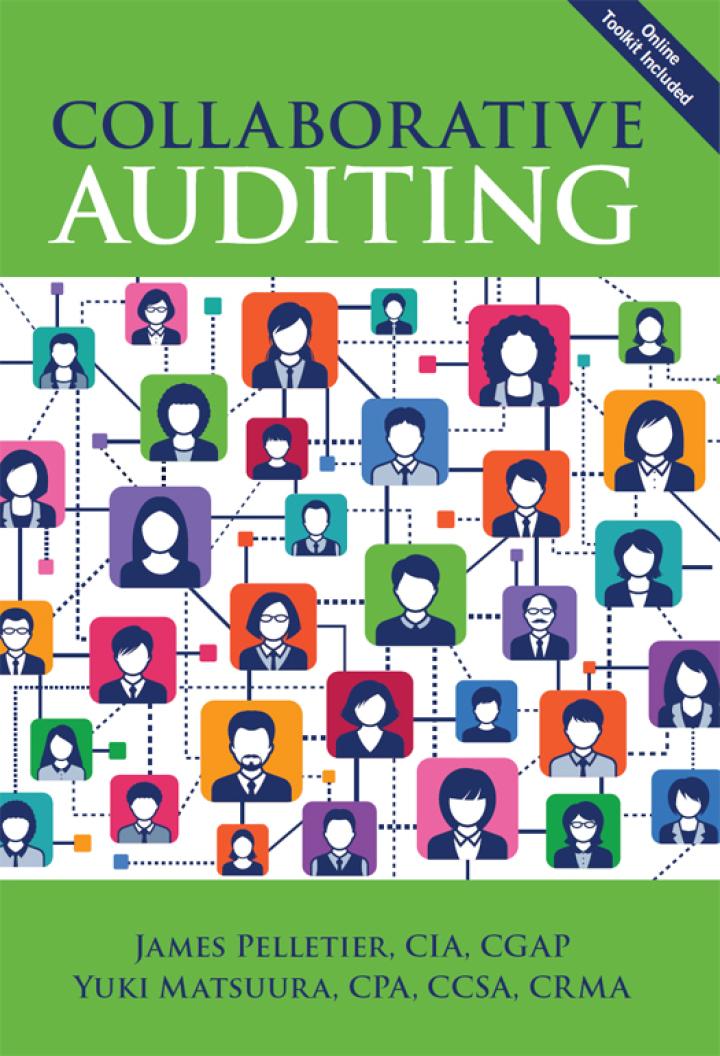Question
Questions 3-8 should be answered by building a 15-period binomial model whose parameters should be calibrated to a Black-Scholes geometric Brownian motion model with: T
Questions 3-8 should be answered by building a 15-period binomial model whose parameters should be calibrated to a Black-Scholes geometric Brownian motion model with: T=.25 years, S0=100, r=2%, =30%and a dividend yield of c=1%.
Hint: Your binomial model should use a value of u=1.0395.... (This has been rounded to four decimal places but you should not do any rounding in your spreadsheet calculations.)
3. Is it ever optimal to early exercise the put option of Question 2? Yes or No
4. If your answer to Question 3 is "Yes", when is the earliest period at which it might be optimal to early exercise? (If your answer to Question 3 is "No", then you should submit an answer of 15 since exercising after 15 periods is not an early exercise.)
5. Do the call and put option prices of Questions 1 and 2 satisfy put-call parity? Yes or No
6. Compute the fair value of an American call option with strike K=110 and maturity n=10 periods where the option is written on a futures contract that expires after 15 periods. The futures contract is on the same underlying security of the previous questions.
7. What is the earliest time period in which you might want to exercise the American futures option of Question 6?
8. Compute the fair value of a chooser option which expires after n=10 periods. At expiration the owner of the chooser gets to choose (at no cost) a European call option or a European put option. The call and put each have strike K=100 and they mature 5 periods later, i.e. at n=15.
Step by Step Solution
There are 3 Steps involved in it
Step: 1

Get Instant Access to Expert-Tailored Solutions
See step-by-step solutions with expert insights and AI powered tools for academic success
Step: 2

Step: 3

Ace Your Homework with AI
Get the answers you need in no time with our AI-driven, step-by-step assistance
Get Started


